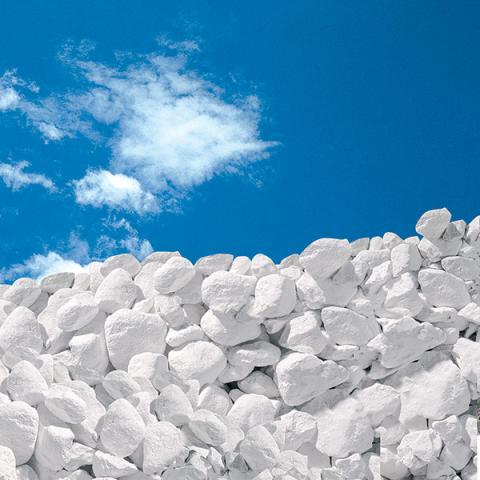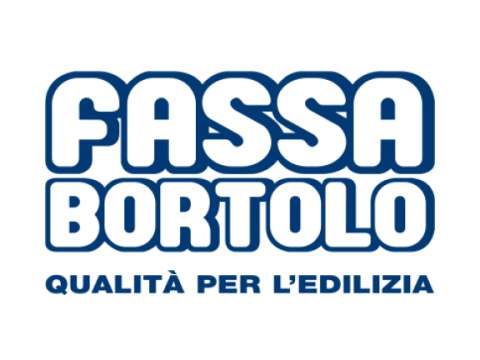
Fassa S.r.l.
via Lazzaris 3 - 31027 Spresiano (TV)
tel. 0422.7222
fassa@fassabortolo.it
www.fassabortolo.it

Fassa S.r.l.
via Lazzaris 3 - 31027 Spresiano (TV)
tel. 0422.7222
fassa@fassabortolo.it
www.fassabortolo.it
L'intervento di restauro di un palazzetto 'Liberty' a Verona è stato realizzato all'insegna dei principi della bioarchitettura: eco-sostenibilità e bio-compatibilità. I prodotti utilizzati, della linea Novantica, in particolare per la totale assenza di cemento nella sua formulazione, la sua compatibilità con i materiali originali della costruzione, sia dal punto di vista chimico che fisico e l’elevata traspirabilità ed igroscopicità ha pienamente soddisfatto i progettisti.
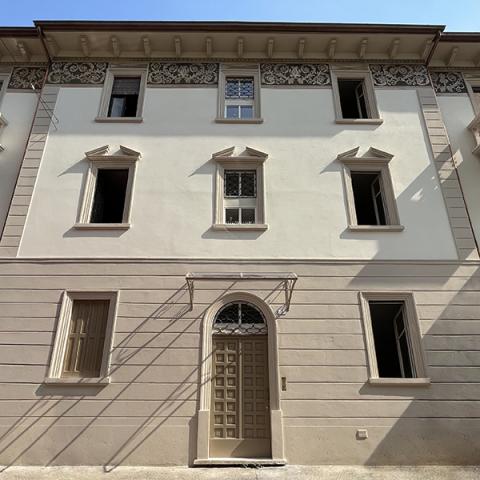
I lavori di recupero architettonico ed efficientamento energetico di Casa Ilaria, un edificio di origine settecentesca di proprietà dell’omonima Fondazione e sito a Montefoscoli di Palaia, in provincia di Pisa, con la volontà di farne un’innovativa struttura recettiva, hanno privilegiato l’uso di calce e l’assenza di cemento, con soluzioni durevoli e in armonia con la tradizione costruttiva locale che si rispecchia nei prodotti della Linea Novantica.
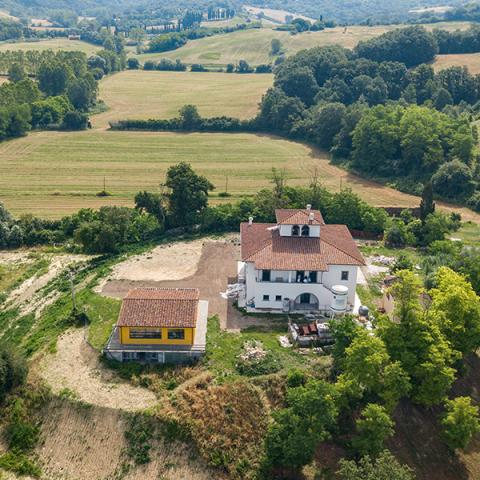
L’uso più conosciuto della calce è probabilmente quello nell’edilizia, dove viene impiegata come base per la preparazione di stucchi, decorazioni, marmorini, pitture, malte, lisciature ed intonaci. Ma la sua versatilità e le sue caratteristiche uniche la rendono un ineludibile prodotto per ottimizzare i prodotti anche nel comparto manifatturiero, nella produzione alimentare, nel trattamento dei fumi e nella depurazione delle acque, oltre che a svolgere un importante ruolo nell’agricoltura.
Fassa Bortolo opera ponendo massima attenzione a tutti gli aspetti che possono influire sulle emissioni di CO2 del ciclo produttivo, dalla scelta del combustibile all’ottimizzazione degli impianti, fino alla ricerca di materie prime alternative, in un’ottica di economia circolare.
The best known use of lime is probably in the building industry, where it is used as a base for preparing stuccos, decorative and marmorino finishes, paints, mortars, smooth coats, plasters and renders. However its versatility and unique characteristics also make it an essential component for optimising products in the manufacturing sector, in food production, in exhaust gas treatment and in water purification, as well as playing an important role in agriculture.
In its operations, Fassa Bortolo pays the utmost attention to all the aspects that can reduce the CO2 emissions of the production cycle, from the choice of the fuel to the optimisation of production plants and the sourcing of alternative raw materials, from a circular economy viewpoint.
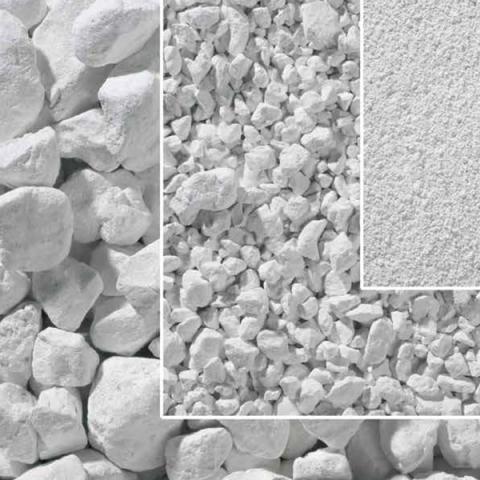
La calce nell’antichità è stata ampiamente utilizzata come legante per la realizzazione di malte da costruzione. Oggi le ristrutturazioni e i restauri delle opere di pregio storico hanno riportato in auge l’uso di questo materiale come legante, soprattutto la Calce Idraulica Naturale (calce NHL), che si differenzia dalla Calce Aerea perché caratterizzata anche da proprietà idrauliche. Infatti, la calce aerea e la calce idraulica NHL sono leganti oggi ampiamente impiegati per confezionare malte che si rifanno alla tradizione storica e quindi malte adatte ad interventi di restauro.
Lime was widely used in Antiquity as a binder for making construction mortars.
Nowadays, using this material as a binder has been revived in the renovation and restoration of historic buildings. The most popular type is natural hydraulic lime (NHL lime), which differs from air lime for its water-setting properties. Indeed, both air lime and NHL hydraulic lime are now commonly-used binders to make mortars that reflect traditional methods and are therefore suitable for restoration work.

Se si pensa a un edificio esistente, diversi sono gli aspetti che nel tempo possono influenzare la sua funzionalità ed il suo stato di conservazione. Il degrado delle malte da muratura o da intonaco rappresenta una condizione critica che può portare, nel tempo e senza un adeguato intervento di manutenzione, al peggioramento delle loro prestazioni e quindi della loro funzionalità. Il manifestarsi di questi fenomeni può dipendere da svariati aspetti: fattori estrinsechi per cause derivanti dall’esterno e dal contesto, fattori intrinsechi per effetto delle caratteristiche dei materiali stessi o del supporto su cui sono applicati. Le strategie di intervento devono individuare il giusto approccio per rispondere, nei migliori dei modi, all’esigenza e al contesto del manufatto.
When considering an existing building, there are several aspects that can affect its functionality and state of preservation over time. Deterioration of masonry or plaster mortars is a serious concern which, over time and without proper maintenance, can result in deterioration in their performance and therefore their functionality. The onset of these problems can depend on a variety of aspects: extrinsic factors due to external and environmental causes, intrinsic factors due to the characteristics of the materials themselves or of the substrate which they are applied to. Strategies to respond to these issues must identify the right approach to best meet the requirements and environment of the product.
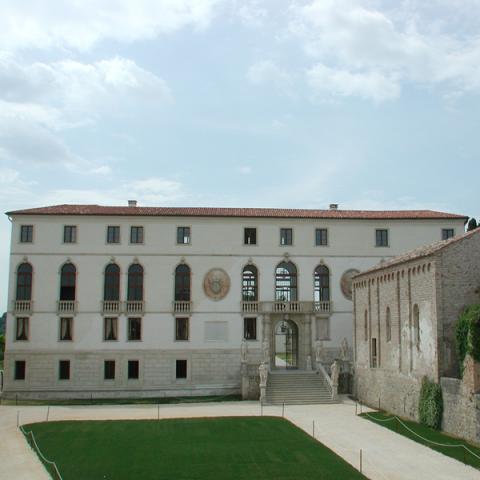
Il consolidamento di murature storiche rappresenta una delle sfide più ardue e avvincenti del restauro per la conservazione del ricco e fragile patrimonio architettonico italiano. Nell’approfondimento qui proposto tratteremo una delle tecnologie antisismiche più diffuse ed efficaci, l’intonaco armato CRM (Composite Reinforced Mortar), e le sue recenti evoluzioni verso alti standard di durabilità e compatibilità. Le proposte odierne si concentrano su prodotti con resistenza e rigidezza notevolmente inferiori rispetto ai “betoncini” tradizionali: prodotti a base di calce idraulica naturale NHL 3.5 la cui speciale formulazione è capace di coniugare bassa rigidezza, ottima adesione al supporto ed elevata traspirabilità, per una massima compatibilità fisico-chimica con la maggior parte delle murature storiche italiane.
The consolidation of historic walls is one of the most difficult and compelling challenges in the restoration work to conserve Italy’s rich and fragile architectural heritage.
In the in-depth analysis proposed here, we examine one of the most common and effective technologies for enhancing seismic capacity, namely CRM (Composite Reinforced Mortar), and its recent evolutions in terms of improved durability and compatibility.
Today's proposals focus on products with significantly lower strength and stiffness than traditional “repair mortars”: products made using NHL 3.5 natural hydraulic lime, whose specific formulation combines low stiffness, excellent adhesion to the substrate and high breathability, for the maximum physical-chemical compatibility with most historical Italian masonry.
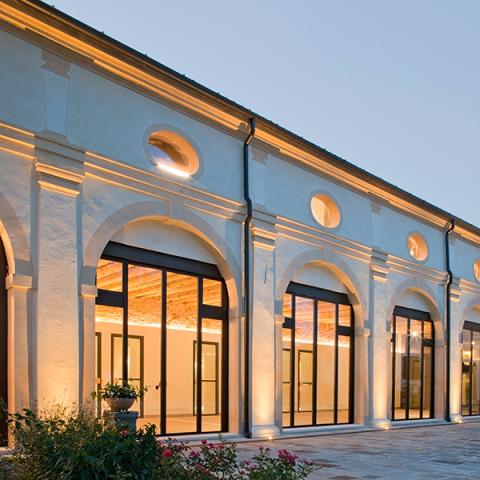
Un approfondimento sulla calce idraulica il cui impiego si è largamente diffuso negli ultimi decenni. I primi cenni storici sull’uso della calce idraulica si attestano attorno al 1400-1500 d.C. circa, essa si ottiene per cottura di strati di rocce calcaree sedimentarie, dette marne, in forni tradizionali, a una temperatura indicativamente compresa tra i 1000 e 1200 gradi centigradi. Sia la calce aerea che la calce idraulica potrebbero essere adatte all’attività di restauro, la scelta dell’una o dell’altra varia in base al tipo di edificio e al risultato che si vuole ottenere.
An in-depth study of hydraulic lime, whose use has become largely widespread in recent decades. The first historical records of the use of hydraulic lime date back to 1400-1500 AD. Hydraulic lime is obtained by cooking layers of sedimentary limestone rocks called marl in traditional ovens at a temperature approximately between 1000 and 1200 degrees centigrade. Both hydraulic and non-hydraulic lime may be suitable for restoration, the choice of one or the other depends on the type of building and the result you want to achieve.
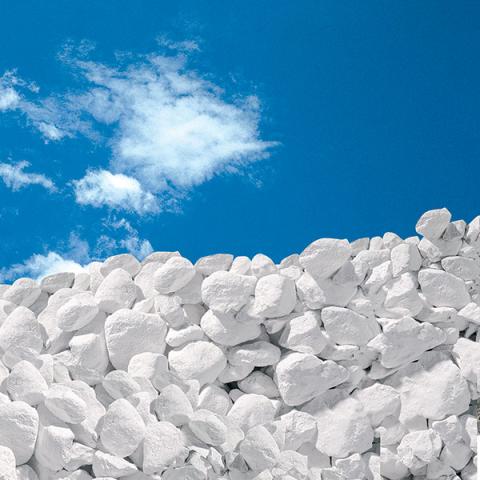
La storia della calce è plurimillenaria. La fama di questo materiale da costruzione però non sempre si traduce in una conoscenza reale di questo nobile legante, delle sue diverse forme e utilizzi; lo stesso termine “calce naturale” spesso viene usato in modo improprio.
Il presente articolo costituisce la prima puntata di una serie di contributi dedicati al mondo della calce con l’obiettivo di approfondire il tema della materia prima cominciando dalle proprietà e dalla distinzione tra i leganti di calce aerea o di calce idraulica. Nel prossimo numero invece il focus dedicato alla calce si concentrerà sulle proprietà della calce idraulica, il cui impiego si è largamente diffuso negli ultimi decenni.
The history of lime goes back thousands of years. But the fame of this building material does not always translate into real knowledge of this noble binder and its various forms and uses. The very term “natural lime” is often misused. This article is the first in a series of contributions dedicated to the world of lime with the aim of exploring the theme of the raw material, starting with the properties and the difference between aerial lime and hydraulic lime binders. In the next issue, the focus will be on the properties of hydraulic lime, ever more widely used during recent decades.
